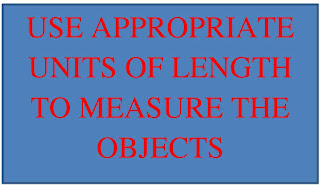LESSON PLAN OF MEASUREMENT OF CAPACITY

LESSON PLANNING OF MEASUREMENT OF CAPACITY Subject Mathematics Grade 2 nd Students` Learning Outcomes Recognize the standard units of mass / weight, i.e. kilogram, gram. Read and write standard units of capacity / volume including abbreviations. Solve real life problems involving capacity / volume. Information for Teachers The things which flow are called liquid. The quantity of liquid which is required to fill a container is called capacity of that container. The quantity of liquid like milk, oil, petrol etc. is measured in liters. They are sold and purchased at rate of their per liter price. To measure liquids there are specific instruments having liter marks on them or specific containers representing different quantities of liter like one liter, five liter etc. While teaching the lesson, the teacher should also consult textbook at all the steps where and when applicable. Material / Resources Writing board, chalk / marker, duster, empty bottles...


